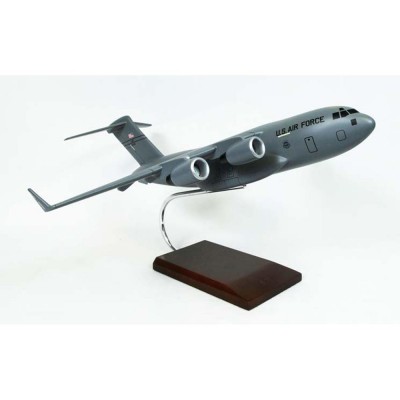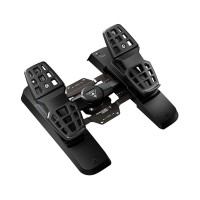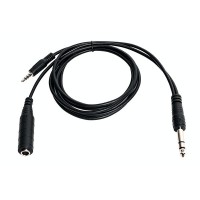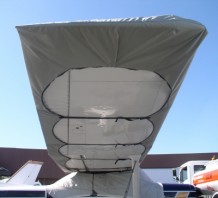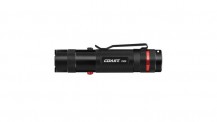THE AVIATION SUPERSTORE FOR ALL YOUR AIRCRAFT & PILOT NEEDS | +61 (1800) 953522
C-17 Globemaster III Model
$487.30/Each
Price Includes GST
Part# 13-10646
MFR Model# CC0172T
MFR Model# CC0172T
Overview
|
The C-17 Globemaster III is a high-wing, T-tailed aircraft with a rear loading ramp manufactured by Boeing Integrated Defense Systems and operated by the USAF, British Royal Air Force, the Royal Australian Air Force and the Canadian Air Command, as well as NATO, who plans to acquire the airlifter. The C-17 was built in Long Beach, California and the first C-17 was declared operational by the USAF on January 1995. In July 2006, Boeing decided to end the C-17A production in 2009 unless they received a follow-on order in sufficient time. Likewise, by 2010, Boeing will begin the C-17B production, which is capable to land on sandy beaches and other areas off-limits to the C-17A. On March 2, 2007, however, Boeing announced the C-17 production line may end in mid-2009 due to lack of additional U.S. government and international orders. As of October 24, 2007, there are a total of 190 C-17s contracted for delivery to the USAF. The C-17 has been involved with numerous operations including the Operation Joint Endeavor and the Allied Operation in Kosovo. In 1998, eight C-17s had flown more than 8,000 nautical miles from the United States to Central Asia, dropping troops and equipment after more than 19 hours in the air. The aircraft completed the longest airdrop mission in history. The C-17 received the Collier Trophy in 1995 for its aeronautical achievement in 1994. The maker of the C-17, the Boeing Airlift and Tanker programs, was also awarded the Malcolm Baldridge National Quality in February 1999 by President Bill Clinton for business excellence and quality. |
Q&A
Please note, Aircraft Spruce Australia's personnel are not certified aircraft mechanics and can only provide general support and ideas, which should not be relied upon or implemented in lieu of consulting an A&P or other qualified technician. Aircraft Spruce Australia assumes no responsibility or liability for any issue or problem which may arise from any repair, modification or other work done from this knowledge base. Any product eligibility information provided here is based on general application guides and we recommend always referring to your specific aircraft parts manual, the parts manufacturer or consulting with a qualified mechanic.

 Aircraft Spruce Australia
Aircraft Spruce Australia
